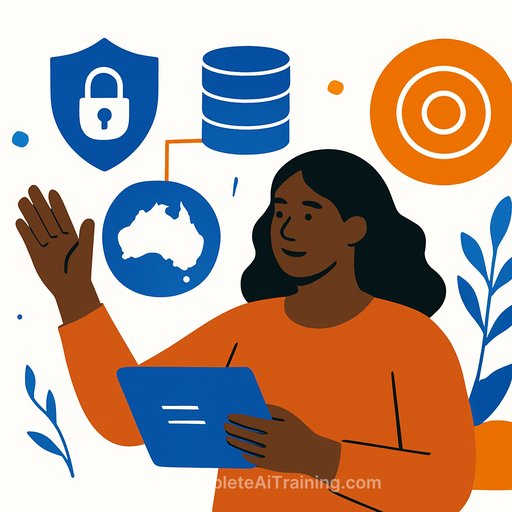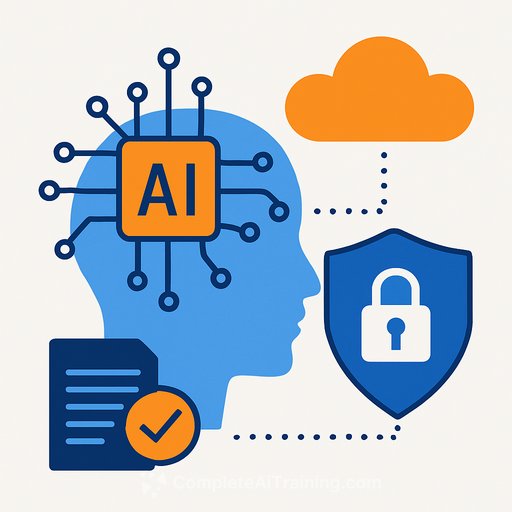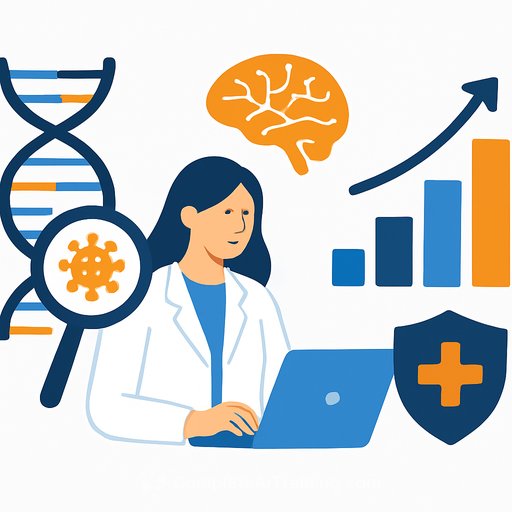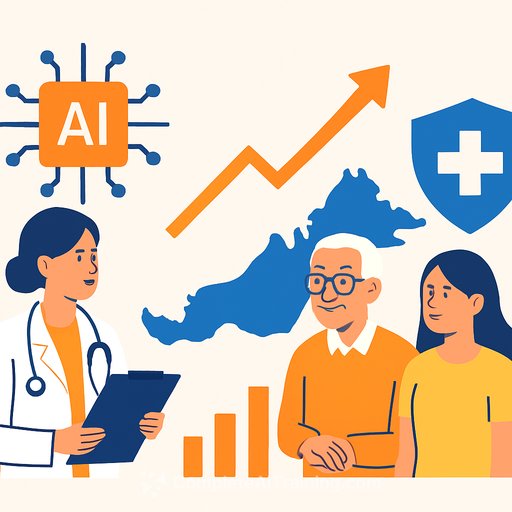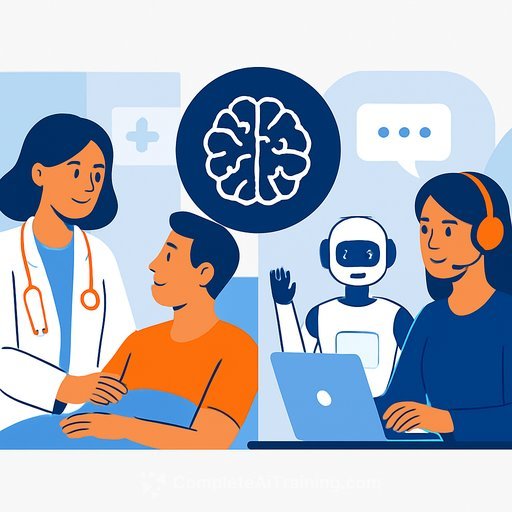CSIRO sets three priorities for responsible AI in Aboriginal and Torres Strait Islander healthcare
Aboriginal and Torres Strait Islander organisations are leading the next phase of AI in healthcare. A two-year CSIRO project, built on four workshops with 53 leaders, clinicians, researchers, and providers, surfaced three priorities that must guide any AI used with their communities.
The message is direct: AI must make cultural sense, protect community data, and be built under Indigenous leadership from day one. For healthcare teams, that means changing how tools are selected, designed, and governed.
Priority 1: Build AI health literacy and cultural appropriateness
Leaders were clear: "AI systems must first make cultural sense." Transparency around data sources and model behavior is non-negotiable, and education should be grounded in real-world use, not theory.
- Run community-led, plain-language education for clinicians, admin staff, and patients.
- Disclose data sources, model limits, known risks, and escalation paths before deployment.
- Establish cultural safety checks and Indigenous review for prompts, outputs, and interfaces.
- Train staff to use AI with competency, integrity, and goodwill-then audit that in practice.
Priority 2: Custodianship of Indigenous health data
Data should stay in Aboriginal and Torres Strait Islander organisations' hands. Incentives, oversight, and model design must reflect their values and decision-making processes.
- Adopt data-sharing agreements that preserve community control, storage location, and access rights.
- Stand up Indigenous-led oversight for consent, secondary use, and breach response.
- Co-develop models so features, labels, and evaluation reflect cultural context and community goals.
- Resource stewardship: fund time, tooling, and personnel for governance, not just model building.
Priority 3: Self-determination in AI development
Communities should be involved from the outset-across problem definition, data preparation, model selection, testing, and hosting. Local organisations should lead and own the systems that serve their people.
- Co-design with patients, providers, Elders, and community bodies-not after the fact, but from day one.
- Host and operate systems locally where feasible; if external hosting is used, keep control and oversight local.
- Budget for engagement, training, and iteration as core deliverables, not "nice to have" add-ons.
- Prioritise use cases like clinical decision support and self-management only when governance is in place.
Why it matters
CSIRO's Aboriginal project lead Dr Andrew Goodman noted that current AI frameworks are often too general to reflect cultural diversity. "If AI is to benefit our mob, it must reflect our voices, our data and our ways of knowing. Without indigenous-led governance, there's a real risk that AI will perpetuate bias and repeat the mistakes of the past."
Dr Jill Gallagher, a Gunditjmara from western Victoria and CEO of the Victorian Aboriginal Community Controlled Organisations, reinforced the need for Indigenous leadership in AI to ensure true self-determination.
What healthcare teams can do now
- Map current and planned AI use. Pause anything without clear consent, provenance, and cultural review.
- Form MOUs with local Aboriginal Community Controlled Health Organisations for governance and oversight.
- Create a cultural safety checklist for AI procurement, deployment, and change management.
- Audit datasets for bias, consent scope, and data residency; correct issues before model training.
- Start with small, low-risk pilots that include community feedback loops and transparent reporting.
Related initiatives
Aboriginal Medical Services are preparing to test culturally informed digital onboarding to lift digital health uptake, especially for chronic conditions. Previous Indigenous-led projects linked health records to improve maternal and perinatal outcomes, and built a cancer website offering culturally safe support for patients, families, communities, and clinicians.
Partners and ongoing work
The scoping project involved the Victorian Aboriginal Community Controlled Health Organisation (VACCHO), the Aboriginal and Torres Strait Islander Community Health Service (ATSICHS Brisbane), the Centre of Excellence for Aboriginal Digital in Health (CEADH), and the Australian Indigenous HealthInfoNet. These findings now guide the development of new AI systems for Indigenous communities.
Resources
- CSIRO
- Building team AI literacy? See role-based programs at Complete AI Training.
Your membership also unlocks:

